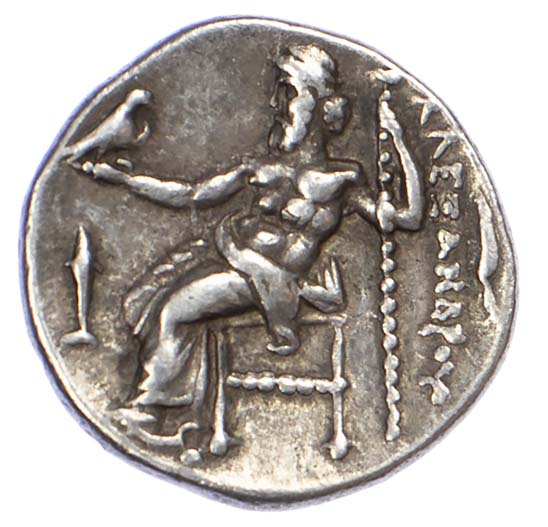
What a Kaptol find!...............................

Notice the use of the word ‘carved’.
Does the date on it have “BC” after it?
Is it stamped “347 BC”?
(Yes, I am being sarcastic.)
Personally, I’d be inclined to describe this coin as an ‘erratic’, similar to the big boulders found where there is no clear source of origin. In the pre-modern world, precious metal / bullion objects or coins were a universal currency regardless of the issuing entity.
In colonial and later times here in this country, a common denomination used in commerce was ‘Pieces of Eight’ which were a Spanish Real that was split into eight pieces. This usage remains part of our language whenever a quarter dollar is slang-referenced as a two-bit value. bullion metals were ALWAYS valued as trading currency because they were weighed by the merchant for value rather than just a face value.
Indeed, one of the most famous men of science, Sir Isaac Newton, was instrumental in cleaning up the mess that England’s coinage had become when he was appointed by Charles II to be Warden then Master of the Royal Mint in London. His job was challenging because after the English Civil War of 1645 and centuries of adulterated coinage & counterfeit, few people trusted the actual value of any coins in circulation.